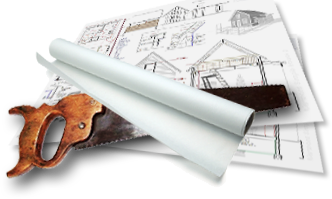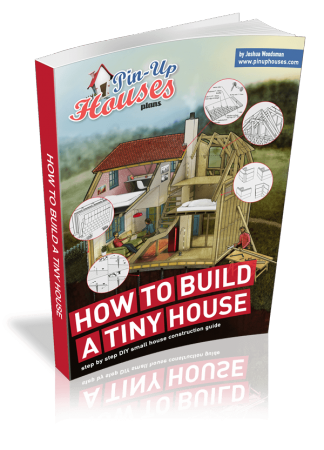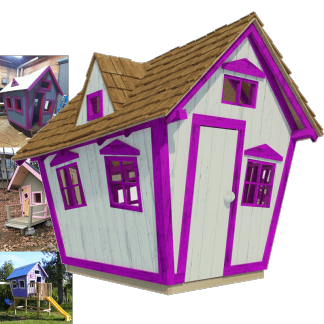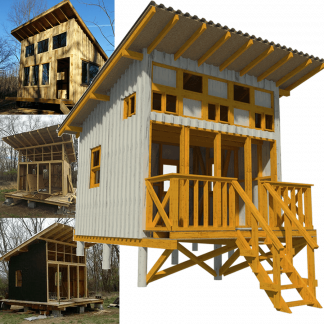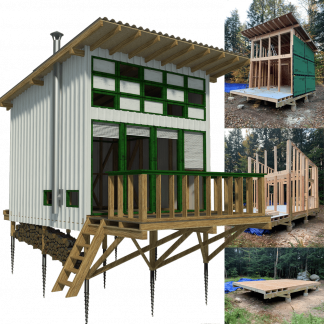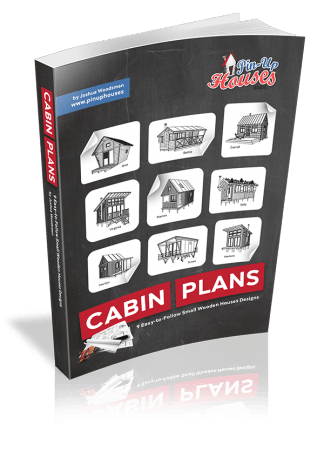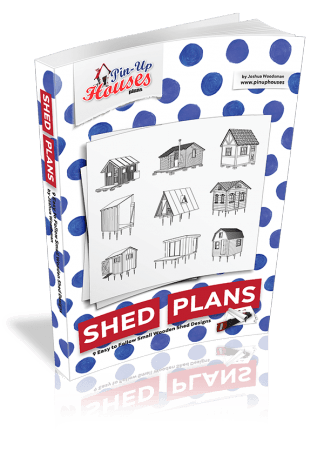Why Some DIY Projects Are Better Left to the Pros
DIY culture is thriving—and for good reason. There’s real satisfaction in building something with your own hands, whether it’s a backyard shed, a tiny cabin, or a custom bookcase. For small-scale projects, especially decorative or non-structural ones, DIY saves money, fuels creativity, and gives you full control over the process.
But not all home improvement tasks are created equal. Some involve skills and safety standards that go far beyond basic construction. Knowing where that line is can save you from costly mistakes, dangerous situations, and legal trouble.
Even seasoned DIYers sometimes call in the experts. Complex remodels, electrical upgrades, and full structural changes usually require licensed professionals with specialized tools and code knowledge. That’s where companies like American Quality Remodeling come in. They handle large-scale renovation projects across New Jersey and Pennsylvania with the kind of precision and compliance that DIY can’t always guarantee.
Safety Risks That Outweigh Cost Savings
Electrical Work Hazards
Electrical projects aren’t just tricky—they can be deadly. Wiring mistakes can cause short circuits, fires, or electrocution. Installing new outlets or light fixtures requires a solid understanding of current codes and circuit loads. One wrong connection and you’re not just risking a broken fixture—you’re endangering your home.
For homeowners determined to tackle their own electrical upgrades, ensuring they have thorough knowledge of safety codes is essential. In fact, many professionals start with an accredited electrical training program that covers wiring methods, circuit reading, and code compliance before ever setting foot on a jobsite.
Licensed electricians go through training to spot problems before they spark. They also ensure your upgrades pass inspections and won’t void your homeowner’s insurance. Unless you’re already certified, this is one area where hiring out is a smart move.
Structural Modifications and Load-Bearing Elements
You might be tempted to take down a wall to open up a space—but if it’s load-bearing, that decision can compromise the entire structure. Structural changes demand calculations, permits, and often engineered support systems. Guesswork isn’t an option.
Professionals know how to assess loads, reinforce beams, and work around plumbing and HVAC systems hidden inside walls. One misstep can lead to sagging floors, cracked drywall, or far worse. If you’re touching anything tied to the skeleton of your house, bring in someone who does this full time.
Plumbing System Complexities
Plumbing might seem simple—until it’s not. One loose fitting or missed slope could cause a slow leak inside your wall or a full-blown backup. With outdated pipe materials or poorly documented layouts, older homes can make it even harder.
DIY fixes might hold for a while, but without proper technique, they’re rarely long-term. Pros ensure everything flows correctly, connects safely, and is accessible for future maintenance. They also help you avoid surprises like water pressure issues or improper venting.
Legal and Code Compliance Issues
Building Permits and Inspections
Getting the proper permits is a major part of any structural, electrical, or plumbing work. Skip this step, and you could be forced to undo your project—or worse, face fines or insurance denial. Each township has its rules, and navigating them can be frustrating if you’re unfamiliar with the process.
Licensed contractors know what permits are needed, how to file them, and what inspectors expect. That knowledge speeds things up and prevents red tape from holding your project back.
Insurance and Liability Concerns
You might not be covered if something goes wrong during a DIY project—like a burst pipe or electrical fire. Insurance companies often deny claims related to unpermitted or non-professionally completed work. Plus, liability can fall directly on you if a visitor or worker gets injured during your DIY build.
Professionals carry liability insurance and workers’ comp. Hiring them shifts that risk off your shoulders.
Tools and Equipment Investment Reality
DIY can look budget-friendly at first—but the hidden costs stack up fast. A proper renovation job doesn’t just require a hammer and a drill. Once you get into framing, drywall, tiling, or finish work, you’ll need specialty tools: miter saws, wet tile cutters, laser levels, heavy-duty nailers, and more.
And that’s just the beginning. Add in scaffolding, ladders, safety harnesses, electrical testers, plumbing snakes, shop vacs, protective gear, and tool storage. Some tools are worth buying if you’ll use them often, but many are single-purpose or require training to use safely.
Renting is an option, but it comes with daily fees, deposit requirements, and time pressure. And nothing slows a project like having the wrong tool—or no tool—when you need it most.
Professionals come equipped. Their tools are high-quality, maintained, and built for efficiency. They also know how to use them correctly, which reduces errors, injuries, and wasted materials. You’re not just paying for labor—you’re paying for the entire mobile workshop that shows up with them.
If you’re only doing one project, buying or renting gear could cost nearly as much as hiring someone who already has it all. That’s an investment worth considering.
Major Home Reconstruction Projects Beyond DIY Scope
Building a shed, laying flooring, or installing trim? Those are solid DIY wins. But when you start talking about removing structural walls, expanding square footage, or touching the foundation—you’re in a different league.
Projects beyond typical DIY scope include:
- Removing or modifying load-bearing walls
- Adding a second story or converting attics/basements
- Excavating and pouring new foundations
- Replacing or reframing roof structures
- Relocating plumbing or electrical systems
- Upgrading HVAC layouts or ductwork
- Full-home reconfigurations or open-concept conversions
These projects require not just skill but also code compliance, permits, and engineering input. You’ll likely need structural calculations, stamped architectural drawings, and coordinated scheduling across multiple trades—framers, electricians, plumbers, HVAC, and more.
Even small errors at this scale can lead to serious consequences: cracked foundations, sagging floors, uneven settling, or major water damage. Fixing these issues later costs exponentially more than doing it right the first time.
Time Investment vs Professional Efficiency
Learning Curve for Complex Skills
Sure, you can learn anything on YouTube—but mastering it is another story. Drywall finishing, tile setting, HVAC ductwork—these take real practice. When you’re learning on the job, every mistake costs time and materials.
Professionals already have muscle memory and experience. They’re faster, more accurate, and less likely to make beginner errors that become major headaches.
Project Timeline Realities
DIY projects often stretch for weeks—or months—longer than planned. Life gets in the way. Work schedules, weather, and fatigue can all slow progress. Meanwhile, a good contractor can knock out the same project in a fraction of the time, often with a team working in parallel.
That time savings means you get your home back sooner and avoid the stress of living in a half-finished space.
When DIY Mistakes Become Costly Repairs
One of the most common—and frustrating—scenarios in home improvement is the DIY project gone wrong. You set out to save money, invest your weekends, and maybe even feel a sense of pride in doing it yourself. But then something fails. Badly.
This happens more often than you’d think. Improperly sealed tile showers are a frequent culprit. Water seeps behind the walls, mold grows undetected, and the entire surround and subfloor may need replacing by the time it’s visible.
Another example? Deck footings that aren’t dug to the correct depth or set in the right mix. The deck looks fine for a season—until it starts to shift, wobble, or sink. Now, you’re not just fixing a footing; you’re potentially rebuilding the entire frame.
Doors and windows are another DIY minefield. Install them even slightly out of square; they stick, leak air, or let water in. What could’ve been a one-day professional job turns into a months-long annoyance and a repeat purchase of the same product.
Then there are hidden hazards: cutting into electrical lines, overloading circuits, or improper plumbing slopes that lead to slow backups or water hammer. These aren’t just expensive—they’re dangerous.
Beyond the immediate fix, these errors often affect your home’s resale value. Home inspectors catch poor workmanship, and buyers either walk or demand steep concessions. Even cosmetic mistakes—like uneven drywall seams or mismatched trim—can suggest deeper issues to a potential buyer.
The most expensive mistake isn’t the one you make—it’s the one you try to fix yourself twice. At that point, you’ve paid for the tools, the materials, your time, and then a professional to tear it all out and redo it right. It’s not uncommon for the “cheap” DIY route to cost double.
Finding the Right Balance Between DIY and Professional Help
DIY is still incredibly rewarding and practical—when used wisely. Focus on tasks like painting, light demos, basic carpentry, or cosmetic upgrades. Let the pros handle the systems, the structure, and the safety-critical work.
The best projects combine both approaches. You save money, gain pride by doing what you can, and avoid disaster by handing off what you shouldn’t. That balance is where real, successful home improvement lives.

